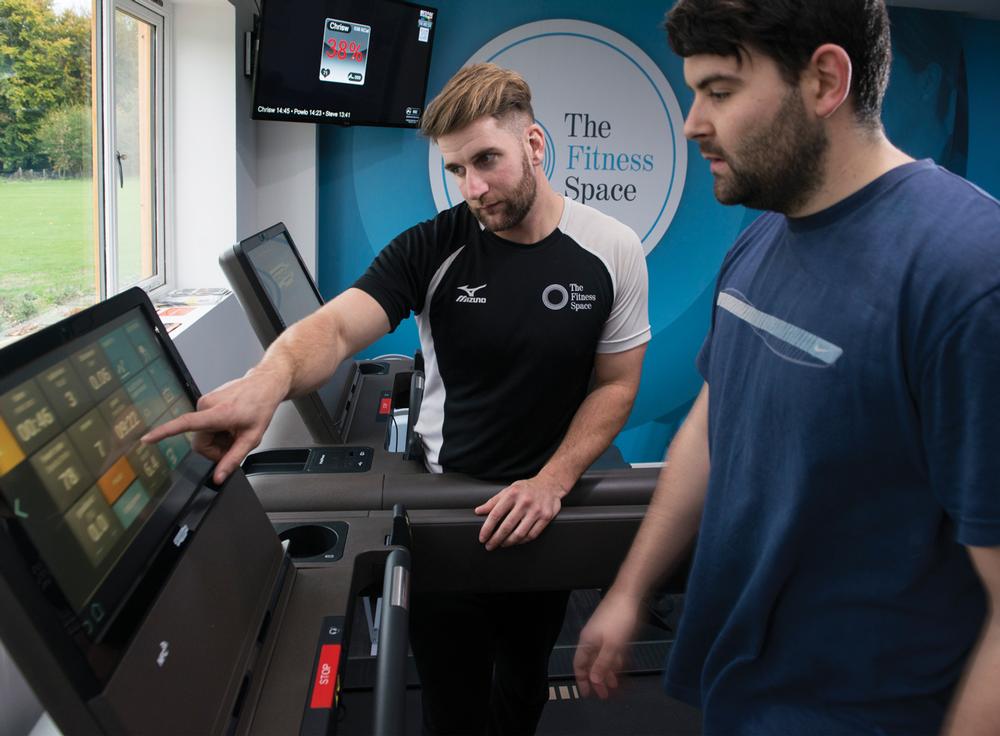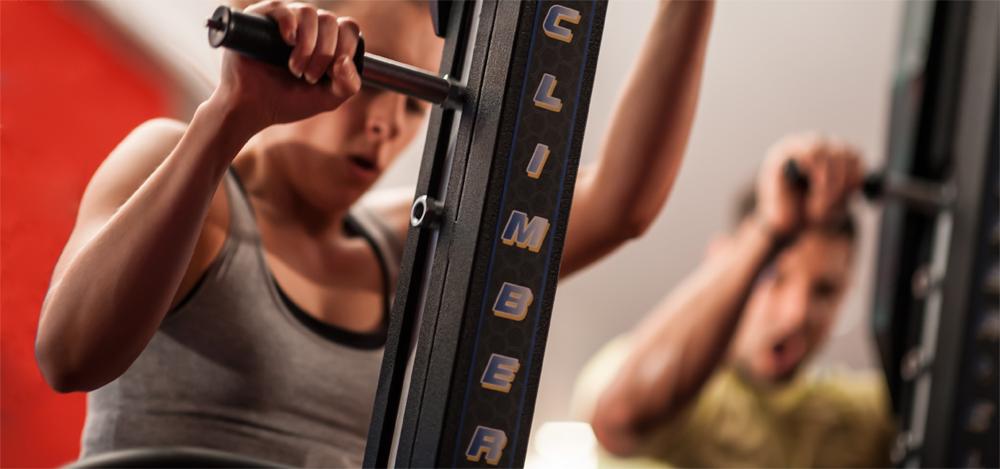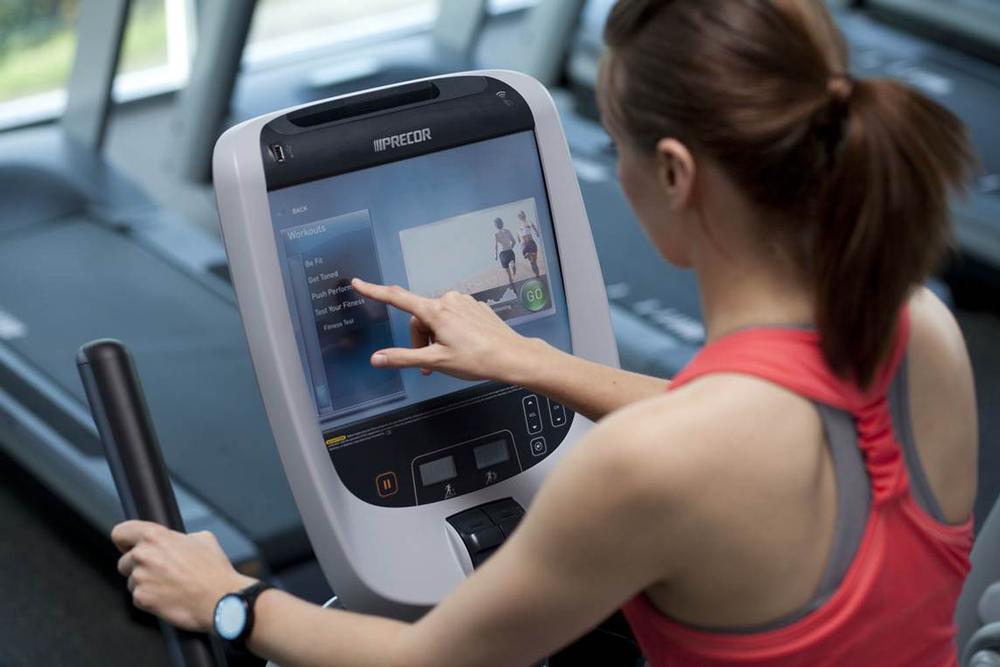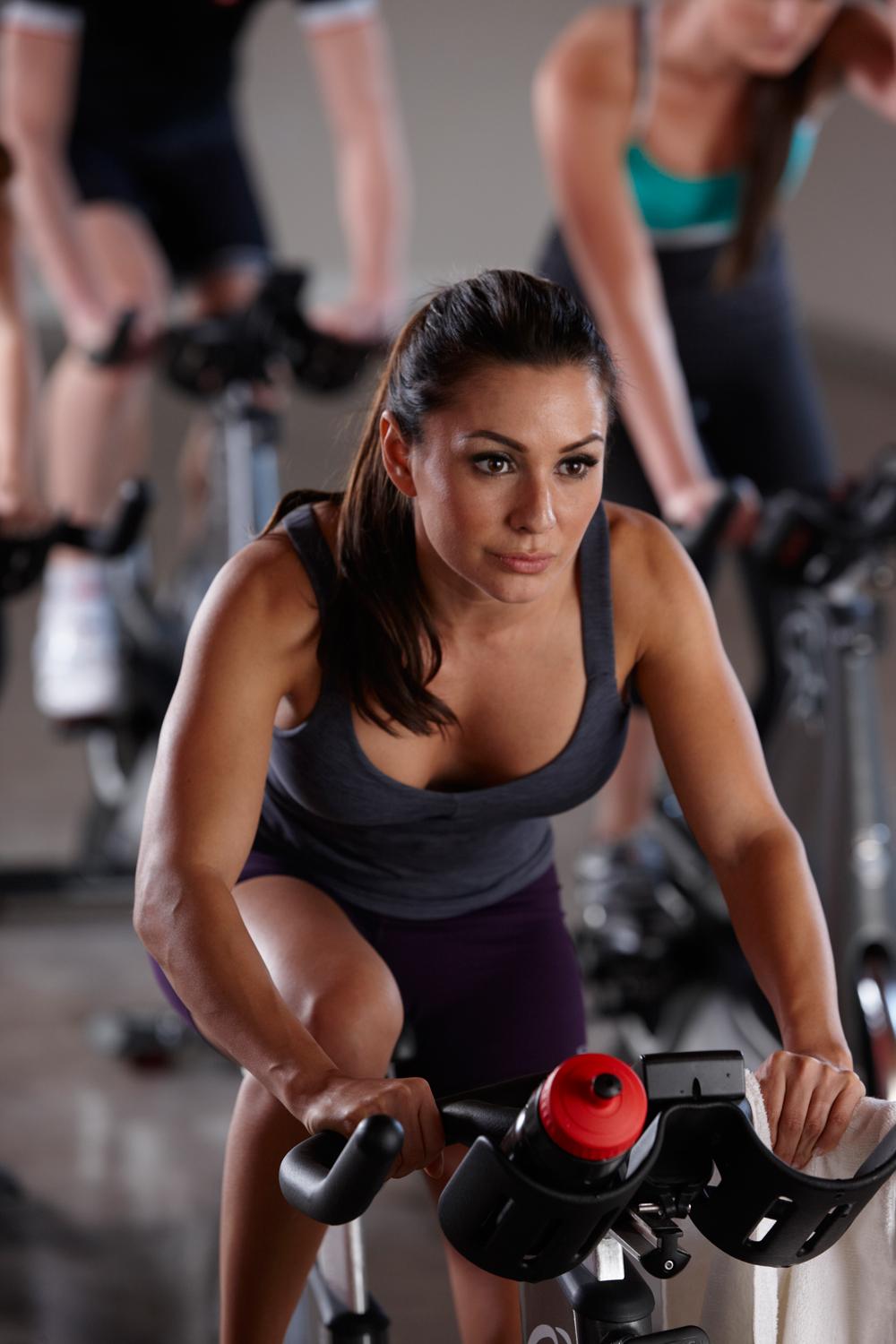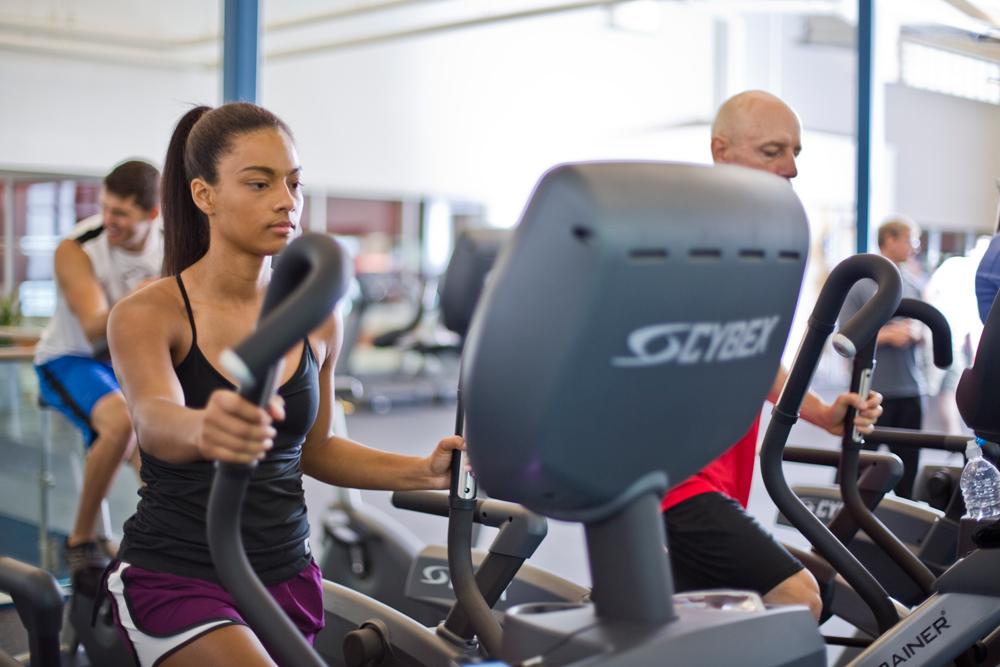With new fitness trends coming through all the time, functional zones stealing floorspace from traditional equipment, and innovations in group exercise prevalent throughout the industry, you could be forgiven for thinking that the demand for CV equipment is in decline.
But that’s not what the experts say – or the statistics: “In 2014, an IHRSA report stated that 40 per cent of gym members use treadmills, 36 per cent use resistance machines and 29 per cent use ellipticals. These three forms of gym exercise ranked higher than all others,” says Chris Rock, international training manager for Cybex International.
So while we’re seeing members becoming more educated to the benefits of other forms of training, there’s clearly still a deserved place in the gym for CV equipment. So how can gym users get the most out of their cardio workouts?
Define your goals
Training should always be specific to goals, whether that’s fat loss or working towards achieving new running distance or time,” says Stacey Johnson, Woodway master trainer. “The training fundamentals will be similar, incorporating a good base of endurance and an appropriate strength and conditioning programme, but different elements need to be introduced based on the goal – for example, the integration of threshold and interval training to achieve a 10km PB.”
So what do you need to consider when determining your goals? A number of important factors, according to Edward M Winter, professor of the physiology of exercise at Sheffield Hallam University: “Training should be designed against a backdrop of a needs analysis. Needs will vary for each individual and consideration should be given to factors such as ambitions, sex, age, activity levels and so on.”
The chosen objective should also determine what equipment exercisers use: “There must be a goal before you can decide which type of cardio is best,” advises Paco Gonzalez, Keiser M Series cardio international trainer.
Fitness instructors and personal trainers can also play an important part in guiding members towards the right piece of equipment for them, as Technogym UK’s senior master trainer, Grant Powles, explains: “What’s important is how we relate equipment to the member and use it to achieve individual goals. Member programmes have to suit their needs, aspirations, goals and fitness levels, as well as creating challenge and progression.”
Avoid ‘quick start’
Jumping on a treadmill, bike or cross trainer and hitting ‘quick start’ is a sure-fire way of ensuring you’re not getting the most out of your chosen piece of CV equipment. A structured training programme – and one that’s tailored towards the exerciser’s goals – is essential to maximising a cardio workout. “Variety, changing workouts on a frequent basis and selecting a pre-programmed training setting rather than the ‘quick start’ button is key to getting the most of CV equipment,” advises Erica Tillinghast, global education manager at Precor.
Deborah McConnell, external education manager at Life Fitness Academy, adds: “Most equipment manufacturers have over 30 different workout programmes on their equipment to help people get a more effective, engaging workout.”
Technogym’s Excite+ CV range offers huge diversity, with traditional products as well as tools such as an upper body ergometer and lateral cross training. “Programming on Excite+ equipment addresses both aerobic and anaerobic thresholds, as we advocate that good usage of CV equipment moves beyond the ‘quick start’ button,” says Powles.
Star Trac’s lead master trainer, Sonja Friend-Uhl, talks more specifically about effective cardio training, citing periodisation – a four-cycle training plan which is then repeated with a different focus – as one of the best ways for exercisers to maximise their CV workouts. “Using four phases – conditioning to build endurance; efficiency, focusing on short bursts of speed; stamina, to work towards improved VO2 max; and performance, a combination of all three at a high intensity – will deliver a faster, more aerobic engine and can be worked harder next time around.”
Exercise efficiently
“For many, lack of time is a common excuse to not exercise,” says Life Fitness’ McConnell. How we exercise is therefore critical not only to achieving the intended results, but also to ensuring users dedicate time to exercise while balancing busy lifestyles.
High intensity interval training (HIIT) is a popular solution and one that’s proven to deliver results: “HIIT is consistently shown to increase VO2 max – the maximum volume of oxygen that an athlete can use – to a significantly greater extent than moderate-state exercise, in healthy and clinical populations across a range of ages,” says Dr Michelle Mellis, senior lecturer in sport and exercise physiology at Leeds Beckett University.
And there are benefits beyond VO2 max too. McConnell adds: “By combining high intensity training with lower intensity intervals, exercisers can get a fat-torching workout in less time and burn calories for hours after.”
Richard Tidmarsh, trainer and owner of Reach Health and Performance, agrees: “Many working people are time poor but still want a killer workout, so training sessions should include both functional movement and strength work. I incorporate the Versaclimber in many programmes – a cardio machine that permits long and steady work for endurance or short and brutal bursts for HIIT.”
Meanwhile, although deemed a more traditional approach to exercise, steady-state cardiovascular training – moving at a steady pace for a sustained period – does still have its benefits. “Both steady-state cardio and HIIT are convenient, versatile and safe ways to develop your cardiovascular system. Both types measurably improve a number of important health and fitness markers,” confirms Gonzalez, pointing to a number of benefits of steady-state cardio including maintaining muscle mass, faster recovery time and building up aerobic fitness levels.
Get the balance right
Combining training disciplines – cardiovascular, strength, functional and flexibility training – into a workout programme will help exercisers get more out of each training element: “Cardio lovers who dislike other types of training should remember that the more muscle you have, the more efficient you are at burning calories, and strength training is integral to building more muscle,” explains Tillinghast.
Lee Somers, product tester and fitness equipment trainer for Pulse, adds: “A mixture of light intensity steady-state and high-intensity interval training, combined with functional training, is the best mix to achieve a complete body workout.” And Technogym UK’s Powles agrees: “Incorporate cardio, strength and functional tools at different intensities to achieve both enhanced muscularity and cardiovascular ability.”
Innovations in technology and product design have resulted in many fitness equipment suppliers now facilitating a multi-faceted workout via single pieces of cardio equipment. Hybrids such as Cybex’s Arc Trainer train for not only cardio but also strength, power and endurance, while StairMaster has been offering such benefits since the 1980s: “Stair climbing uses your largest muscles to carry your own weight uphill, facilitating an efficient and effective cardio and strength building workout combined,” says Elena Lapetra, head of Schwinn and StairMaster UK & Ireland.
Taking this one step further, others encourage users not to think of each training discipline separately but to think of each element as part of an overall workout in order to really get the most out of cardio training, as Dr Paul Juris, executive director of the Cybex Research Institute, explains: “With a little modification and creativity, the distinction between cardio and strength exercises can be eliminated, and one can experience an outstanding workout in an abbreviated time. By combining strength and cardio training into a single concept, one will be assured of a balanced and complete programme with more extensive benefits.”
Keep your body guessing
Gonzalez explains that sticking to the same training method for an extensive period of time will have its downsides – be it HIIT, steady-state cardio or something different: “Your body will assimilate and adapt, so you no longer see the same results as when you first started out; variety is essential.”
Changing up not only your training programme but also your choice of cardio equipment is recommended to help avoid the common plateau effect. “Try switching from the treadmill to an indoor cycle to keep your muscles guessing,” advises Star Trac’s Friend-Uhl. And Pulse’s Somers advises doing this weekly, for physiological benefits and also “to ensure variety and engagement”.
Others suggest that specific cardio equipment should be used for certain training in order to reduce injury: “Recent interest in high intensity exercise has caused a rethink for those who provide advice and research training programmes,” says professor Winter. “For example, it seems five reps of flat-out exercise for 30 seconds, with 1–2 minutes’ recovery, is better than constant-speed type exercise, but this type of exercise should apply specifically to cycling – and perhaps, because of the possibility of injury, exclusively so.”
It’s all about you
So it seems that cardiovascular training, as with most disciplines, continues to evoke a wide range of opinions, but one thing’s for certain – goal setting and a following a training programme to suit your individual needs are imperative to not only your performance, but also how you engage with your chosen form of CV workout.
Cardiovascular training alone isn’t necessarily the most efficient and effective way to achieve optimum results, but it should form part of a balanced training programme – one that permits variety and structure.
And psychological factors must also be acknowledged, as McConnell concludes: “It’s important to find a mode of exercise that’s enjoyable.
Let’s face it, if it’s not fun, it’s not likely to produce the results that you’re striving to attain.”








